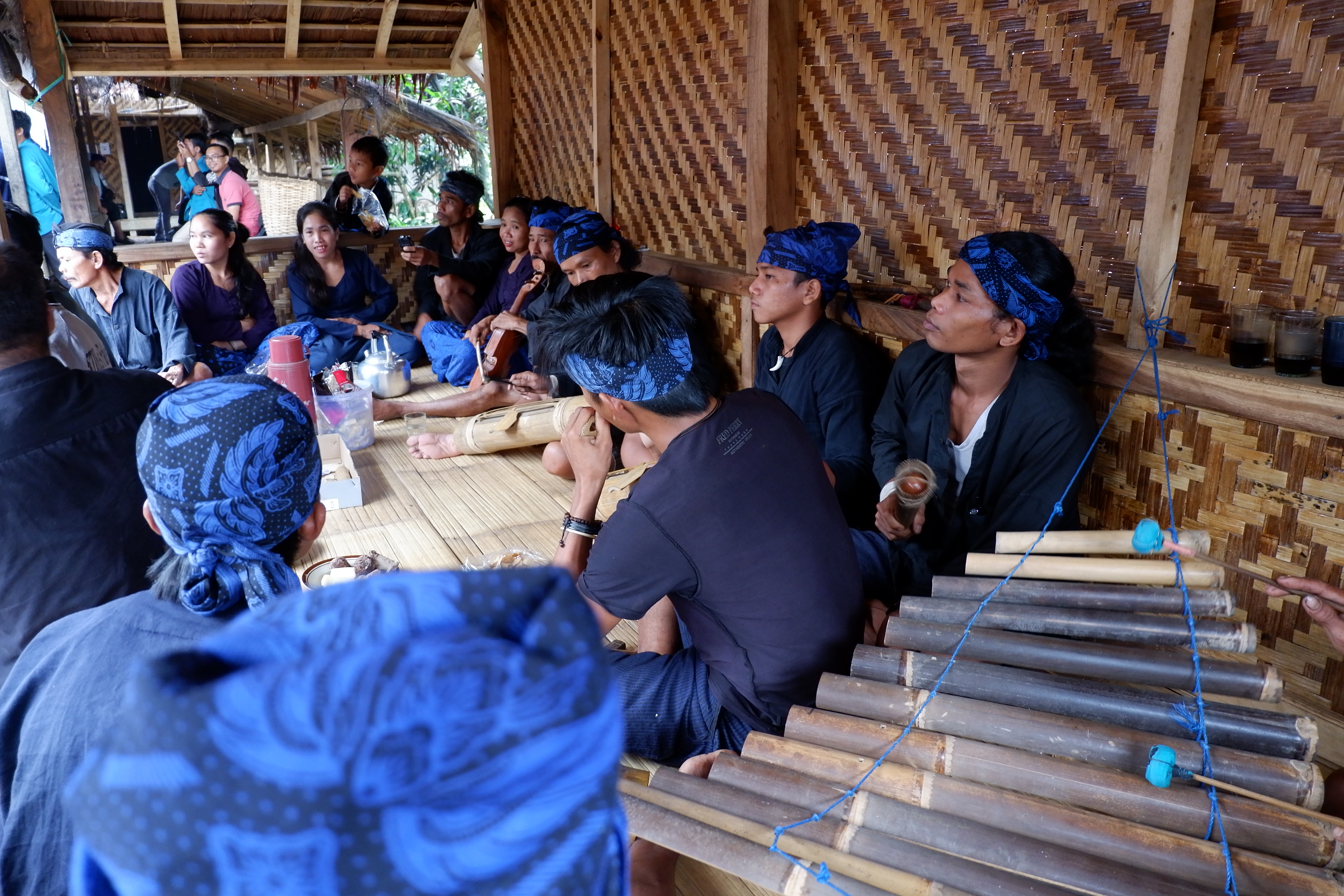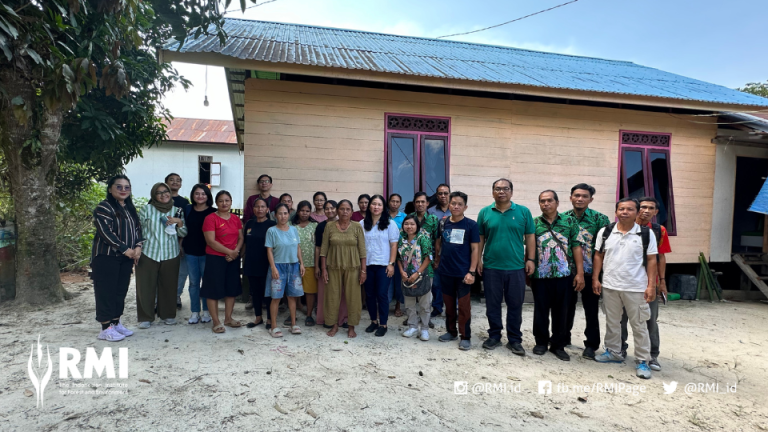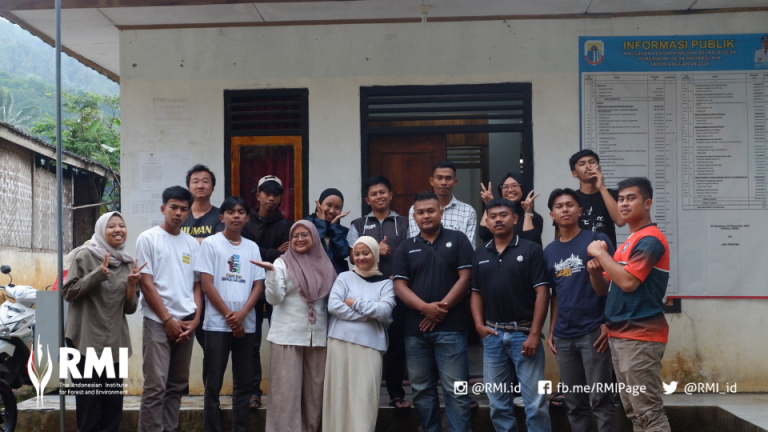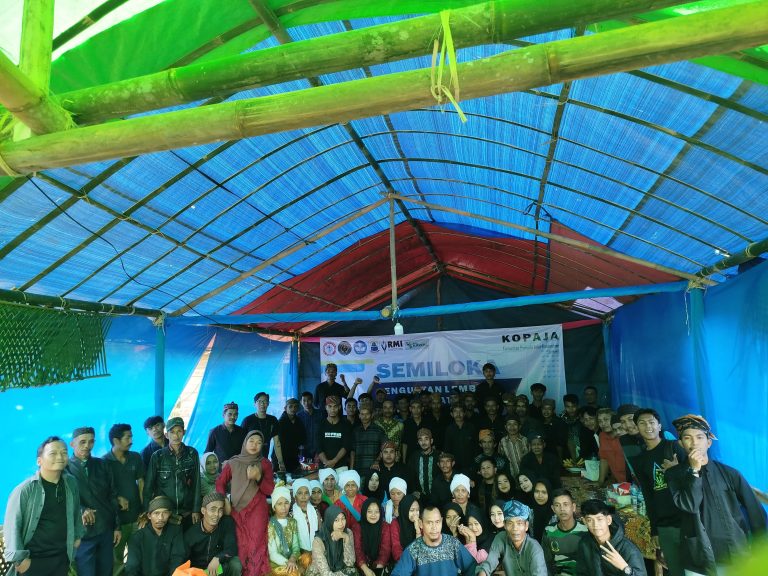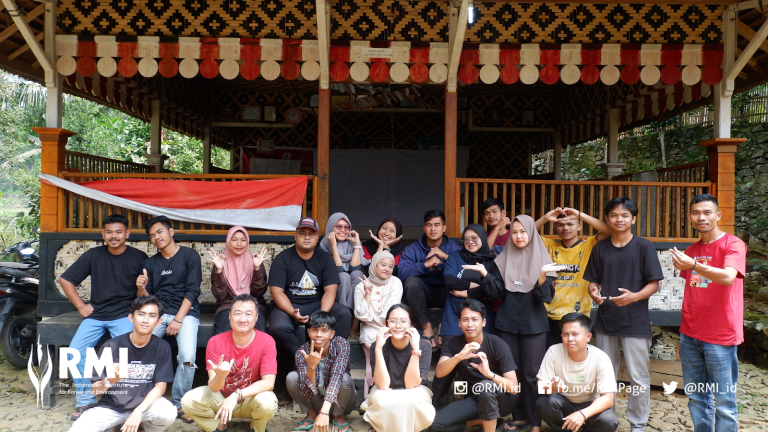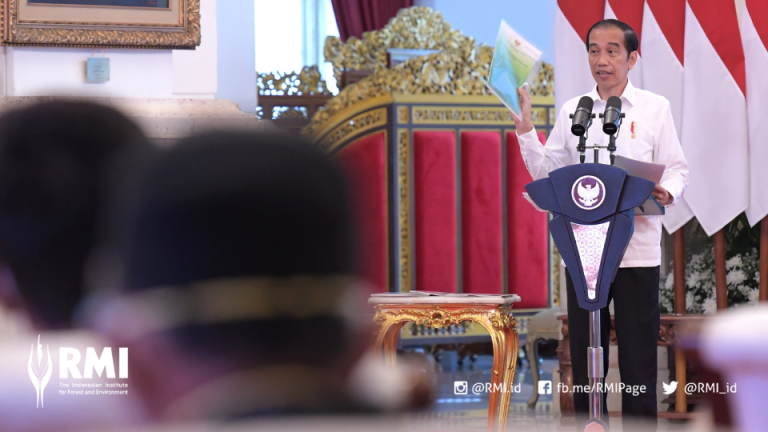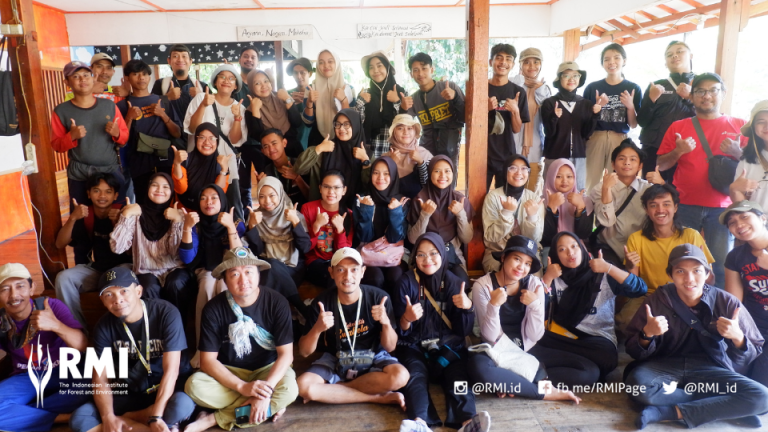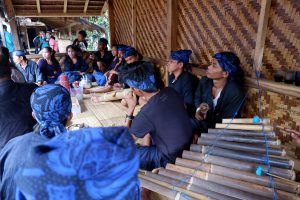
Rimbawan Muda Indonesia (RMI) – together with HuMa, QBAR Padang – West Sumatera, Lembaga Bela Banua Talino (LBBT) – West Kalimantan, Yayasan Merah Putih (YMP) Central Sulawesi, Bantaya – Central Sulawesi, and AMAN South Sulawesi, conduct a study supported by the Food And Agriculture Organization (FAO) on hutan adat recognition process that have been undergone by several indigenous peoples’ communities in Indonesia. This study was precedented by similar study conducted by the International Land Coalition members in Indonesia under National Engagement Strategy(NES) platform on indigenous peoples’ community’s customary forest in Pandumaan Sipituhuta, North Sumatera Province. The latter study was conducted by RMI and Sajogyo Institute.
In the opening speech of Tenure Conference 2017, President Joko Widodo . The President stated that 12.7 million hectares of state forest area will be allocated to the community through various Social Forestry schemes, including the Customary Forest which restores control and access of indigenous peoples over their customary forests. In addition to that, nine million hectares of TORA –Tanah Objek Reforma Agraria (Agrarian Reform Object Lands) will be allocated for the people through Agrarian Reform schemes. This is certainly an opportunity for the community, including indigenous peoples’ who have been struggling for a long time to regain their ulayat rights, the customary rights to their living space.
Although indigenous peoples and their tenurial rights have been recognized since the birth of the UUPA (Agrarian Basic Law No.5/1960), the implementation is another case. There are some government enactions of land that do not take into account the rights of indigenous peoples such as those occurring in the case of Malalo Tigo Jurai – an indigenous community in West Sumatra, where the government designates a protected forest area 500 meters from the shores of Lake Singkarak while in fact, it consists community’ agroforestry areas, rice fields, and settlements. This is why the struggle of indigenous peoples’will always be relevant.
The efforts on customary forest recognition started in 2012 through the MK 35 (Constitutional Court Decision No.35/PUU-X/2012) stating that “indigenous forests are not state forests”. For indigenous peoples, forest is not merely trees and timber, it is a source of life that strengthens food sovereignty, guarantees their future, and also part of their cultural identity as indigenous peoples’s who cannot be separated from the concept of Indonesia as a diverse nation.
In continuation to that, in December 2016 KLHK-Kementrian Lingkungan Hidup dan Kehutanan (Ministry of Environment and Forestry) had issued SK Hutan Adat (Customary Forest Decree) that recognized the first eight indigenous forests and reserves one customary forest area, both based on the MK 35, handed over directly by President Joko Widodo to each adat (customary) delegations. Then, in October 2017 the state enacted nine other locations proposed by indigenous communities as customary forests.
Recognition through the enaction of customary forests is one of progressive move taken by Joko Widodo’ administration in upholding the constitution by recognizing the rights of indigenous peoples’ to their ulayat/customary territories. However, it is still necessary to observe the efficacy and consistency of this policy to fulfill the rights of indigenous peoples’s.
The study afore mentioned at the beginning of this article aims to capture the portrait of struggles of indigenous communities to gain recognition of their customary forests along with challenges encountered during the process. In addition, this study also wants to examine the relational forms between entities within the communities and their ulayat, and to what extent women and youth groups are involved in the process of struggle for customary forests or post recognition forest management.
The research is conduct in seven indigenous community and their living space namely Malalo Tigo Jurai in Padang-West Sumatra, Dayak Village in Sekadau – West Kalimantan, Kulawi in Central Sulawesi, Wana Posangke in Central Sulawesi, Kajang in South Sulawesi, Kasepuhan Karang in Lebak-Banten, and Kasepuhan Pasir Eurih, also in Lebak-Banten. The selection of research subjects is based on several variant factors, namely the status of the customary forest (already enacted, in the process of submission, and in the process of advocating for extension), the legal allotment of the forest (Conservation Forest/ Limited Production Forest/ Other Area of Use), and geographical position.
It is expected that the results of this research can be worth an input for policy makers in enhancing enactment procedures for the Customary Forest scheme, a picture on the contribution of customary forest to the communities, and a baseline forpost-recognition follow-up to further improve the contribution to indigenous communities well-beingness and people’ welfare in general. On the other hand, this research also serves as a medium for learning about or (re)interpret forest for indigenous communities while ensuring inclusive involvement of all parties in the struggle for and management of sustainable customary forests.

